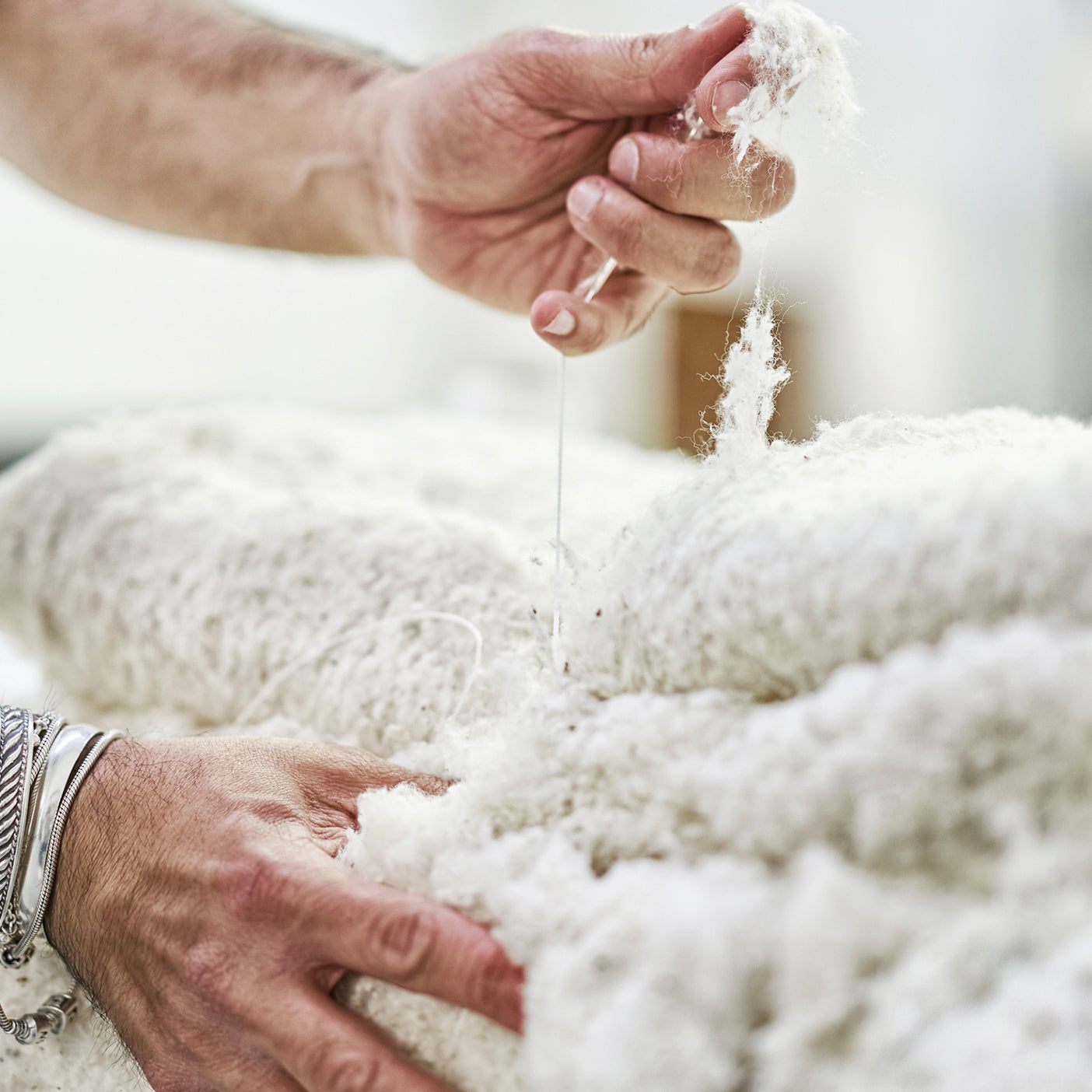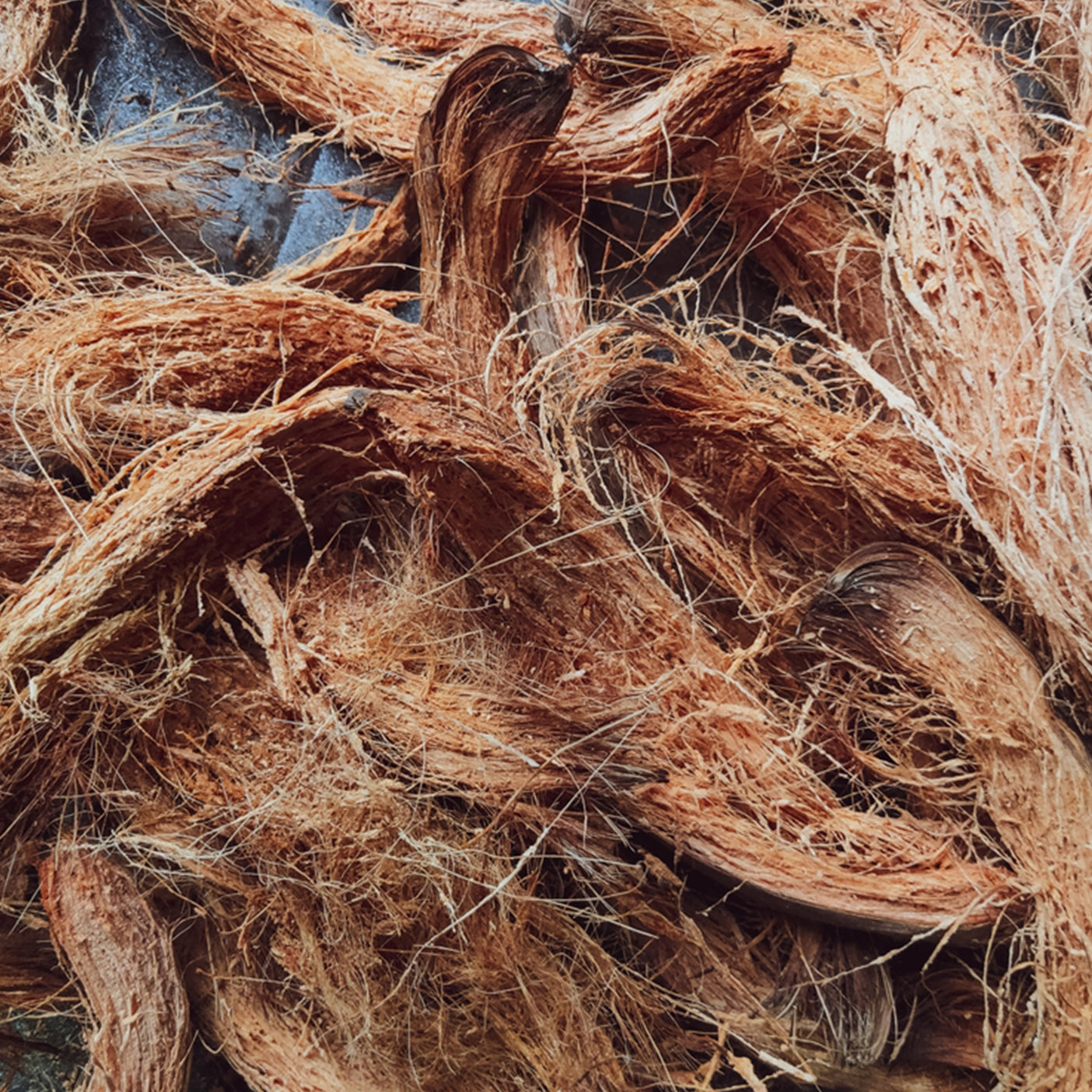Washing a down comforter at home can feel a little nerve-wracking—what if it clumps, flattens, or worse, tears apart? If you’ve ever stared at your fluffy bedding, wondering how to clean it without causing any harm, you’re not alone.
The truth is, with the right steps and a little patience, washing your down comforter can be simple and stress-free. And doing it right isn’t just about getting it clean—it’s about protecting the comfort, longevity, and softness you love night after night.
In this guide, we’ll walk you through exactly how to wash a down comforter (and yes, even a goose down one), so you can care for your bedding with confidence, keeping it fresh, fluffy, and long-lasting.
Yes, You Can Wash a Down Comforter at Home
Washing a down comforter at home might sound risky, but with the right steps, it’s completely safe—and surprisingly simple.
When done right, machine washing not only keeps your comforter fresh but also helps maintain its loft, softness, and comfort season after season. Here’s how to wash a down comforter perfectly:

1. Start by checking the care label.
This indicates whether your comforter is machine washable and outlines any fabric-specific care instructions. Most high-quality comforters, such as those made from organic cotton or wool, can be safely washed with care.
2. Use a front-load washing machine if possible.
Front-loaders are gentler on fabrics and fillings. Avoid top-load machines with agitators—they can cause damage or uneven clumping.
3. Set your washer to a gentle or delicate cycle.
Always use cold water to preserve the integrity of natural materials. Choose a mild, eco-friendly detergent that’s free from bleach or fabric softeners. These additions can degrade the natural fibers, limiting breathability.
Step-by-Step: The Best Way to Wash a Down Comforter
Washing a down comforter at home might sound tricky, but it’s entirely doable with the right steps. With this gentle routine, you'll clean your comforter without damaging its loft or softness.

1. Spot Treat Before You Wash.
Start by checking for any small marks or spills. Use a gentle, eco-safe detergent to spot clean areas before washing the down comforter in the washing machine. This reduces the need for heavy washing and protects the natural fibers.
2. Go with a Gentle Machine Wash.
Place the comforter into a front-load washer with room to move. Washing a down comforter requires care: select a cold, delicate cycle and use a detergent designed for delicate fabrics. Skip the bleach or softeners—they leave residues that damage the fill.
3. Rinse Thoroughly.
Rinse once more after the wash cycle. Extra rinsing helps ensure your down comforter is free from leftover detergent, which can lead to clumping or irritation over time.
4. Dry Low and Slow.
Proper drying is essential to keep your comforter fresh. Use wool dryer balls to tumble dry on low heat. Since washing down comforters in washing machines saturates the fill, full drying may take a few hours, but it’s crucial for keeping your duvet fluffy and mold-free.
How Often Should You Wash Comforters?
Maintaining the freshness of your down comforter doesn't require frequent washing.
Annual Washing
Wash your down comforter once or twice a year, depending on how much you use it and how much dirt it is exposed to.
Regular Airing
Air out your comforter monthly to keep it fresh and clean. Hang it outside on a dry, breezy day to eliminate moisture and odors.
Use a Duvet Cover
Protect your comforter with a duvet cover. It acts as a barrier against dirt and oils, reducing the need for frequent washing.

Additionally, choose comforters designed with breathable fabrics and machine washable, making maintenance simple and eco-friendly.
DIY or Dry Cleaner? What Works Best
Wondering whether to toss your comforter in the wash or take it to a professional? The answer depends on some key factors. Here’s how to decide:

When Dry Cleaning Might Be the Better Option:
1. The care label says, “Dry clean only.”
Some comforters, especially those with natural down or delicate fabrics, are not meant for water-based cleaning.
2. Your comforter is oversized.
If it doesn’t fit comfortably in your washer and dryer, taking it to a professional is safer.
3. There are heavy stains or strong odors.
Professional cleaners use specialized tools to deep clean without damaging the materials.
When At-Home Washing Works Well:
1. It’s labeled machine-washable.
This is your green light. Always check the care tag first.
2. You have a front-load washing machine.
Top-load machines with agitators can compress or tear the fill.

3. You can dry it slowly and thoroughly.
Low heat, dryer balls, and patience are key to maintaining loft and freshness.
Easy Care Tips for Fresh, Fluffy Comforters
Keeping your comforter fresh doesn’t have to be complicated. A few easy behaviors may make a significant impact on how it looks, feels, and performs over time.
1. Fluff it regularly.
Give your comforter a gentle shake each morning or after drying. This helps restore its shape and keeps the fill evenly distributed, so it stays comfy and full.
2. Let it breathe.
Sunshine and fresh air work wonders. Once a month, hang your comforter outside for a few hours (on a dry day). It refreshes the fabric and naturally reduces odors.
3. Store it the right way.
When it’s not in use, avoid plastic bags. Instead, choose a breathable cotton storage bag or even a clean cotton sheet. It protects your comforter without trapping moisture.
4. Keep it out of damp areas.
Moisture is the enemy of freshness. Ensure your comforter is completely dry before storing it, and avoid storing it in basements or stuffy closets.
5. Wash with care.
Stick to the washing methods we've shared—cool water, gentle cycles, and low-heat drying—to maintain the integrity of organic fabrics and stitching.
Keep Your Comforter Cozy—The Delara Way
Comforters should feel as good years from now as they do on day one. That’s why simple, consistent care makes a big difference.

Delara comforters are designed to last, featuring durable stitching, natural fabrics, and sewn-in chambers that evenly distribute the fill. They’re soft, breathable, and certified safe by OEKO-TEX® and GOTS—no harsh chemicals, just lasting comfort.
If you're looking for a gentle, feather-free option that’s easy to care for, explore our Lightweight Summer Duvet Insert, crafted to mimic the plush feel of traditional down without the allergens. Or try our bestselling Organic Cotton Duvet Insert, made with Made with 100% organic cotton in and out, and designed for breathable, year-round comfort.
By washing gently, drying thoroughly, and storing in a cool, breathable space, you protect your comforter’s shape, softness, and integrity. It’s an easy way to support a more mindful, sustainable lifestyle—while keeping your sleep space clean and cozy.
Some FAQs Related to Washing a Down Comforter
Q: Can you put a down comforter in the dryer?
A: Yes, use a low heat setting and add dryer balls to help redistribute the down. Be patient—full drying may take a few hours.
Q: What kind of detergent should I use?
A: Use a gentle, natural detergent that’s free of dyes, bleach, or fabric softeners. Specialty down-safe detergents are ideal.
Q: Should I wash or dry clean my comforter?
A: Most down comforters can be machine washed with care. However, if it’s vintage, oversized, or labeled “dry clean only,” professional cleaning may be safer.
Q: How do I keep it clean between washes?
A: Use a duvet cover and air it out regularly. Light shaking or fluffing helps maintain freshness and loft.
Q: Why does my comforter smell after washing?
A: It may not be completely dry. Down needs thorough drying to avoid musty odors; return it to the dryer as needed, using low heat.









Leave a comment